7 min read
Beat the Heat, Keep it Safe: A Guide to Summer Food Safety
As the weather gets warmer and the days get longer, the transition into summer brings the promise of outdoor dining and seasonal delights and...
3 min read
 Meredith Kenton
:
August 27, 2025
Meredith Kenton
:
August 27, 2025
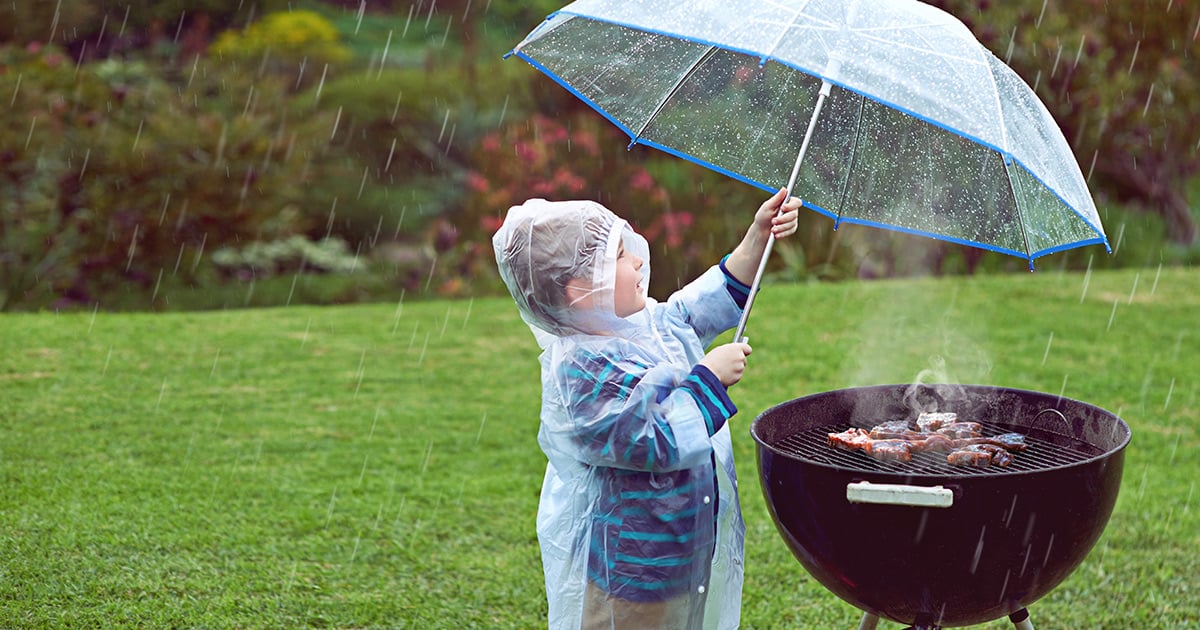
Labor Day weekend marks the unofficial end of summer—a time for cookouts, festivals, and one last round of backyard barbecues before the long-awaited cooler weather arrives.
For kitchens, cafeterias, and caterers, this seasonal overlap means juggling two realities at once: keeping cold foods safe under high temperatures while also preparing hot, hearty dishes that define fall menus. Add-in offsite catering, bigger batch cooking, and supply chain shifts, and the need for proper food safety training is clear.
No matter the season, food safety is non-negotiable. Here’s how you can keep operations safe, smooth, and successful as summer winds down and fall begins.
Labor Day gatherings and fall festivals often push kitchens outside their walls. Whether it’s a catered cookout, a tailgate, or a community event, transporting food safely is one of the biggest challenges.
As catering and delivery continue to expand, the responsibility for food safety extends well beyond the kitchen.
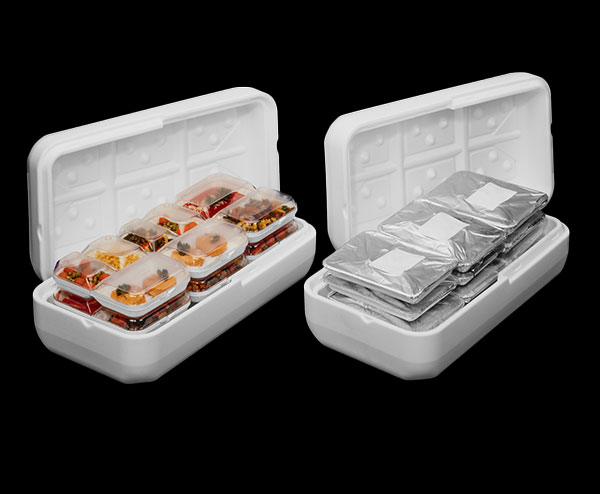
The golden rule still applies: Cold foods stay cold, hot foods stay hot – but the seasonal transition makes this trickier.
Think of temperature as your first line of defense. A reliable food thermometer is one of the simplest yet most powerful food safety tools your team can have.
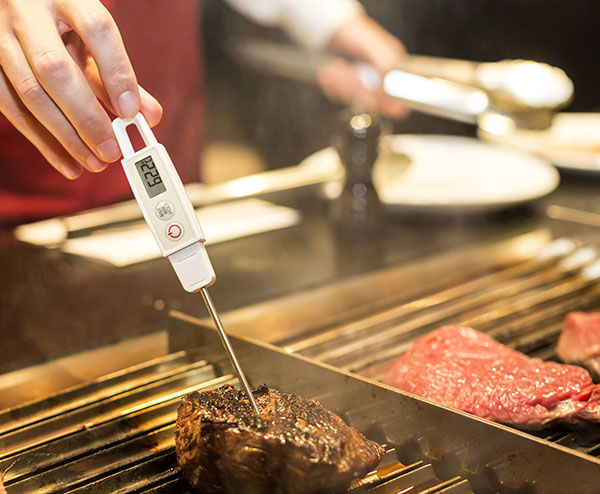
As teams move from the summer rush to holiday preparations, the fundamentals of cleanliness remain as important as ever. Handwashing, sanitizing prep areas, and avoiding cross-contamination must stay top of mind — especially when schedules get busier.
But fall also introduces new risks: allergens. Seasonal menus often bring nuts, dairy-heavy desserts, and pumpkin spice–everything. Busy events and buffets increase the likelihood of accidental cross-contact.
Best practices include:
Protecting guests with allergies is as important as preventing foodborne illness. Both require constant diligence.
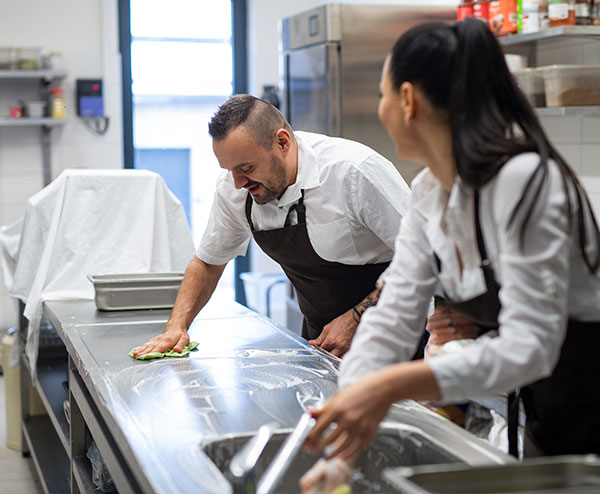
Summer may be coming to an end, but seasonal supply changes are on their way! Apples, squash, and root vegetables will start to replace berries and melons on shelves and menus. Dry storage fills with baking ingredients for fall and holiday menus. This makes inventory management and pest prevention more critical than ever.
Food safety isn’t just about prep and service — it starts with how you store and protect ingredients.
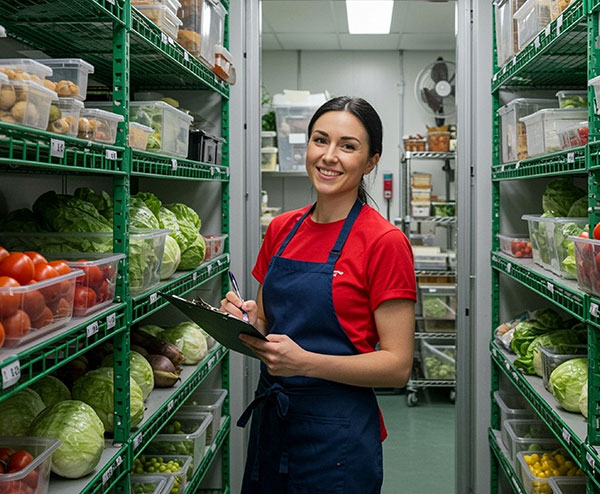
For foodservice businesses, the busiest time of the year is coming… From school lunches to holiday events, demand will only grow. That makes September the perfect time for refresher training.
Investing in training now ensures your team is ready for whatever the season throws at them.
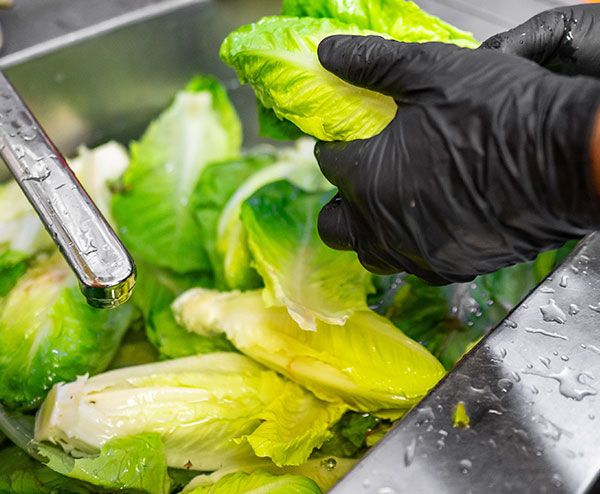
Every safe meal starts with a safe delivery. With seasonal supply chain shifts, deliveries deserve extra attention. Inspect products upon arrival to confirm they are:
Our Essential 8 Program begins at receiving, ensuring that food safety isn’t just practiced in the kitchen — it starts the moment ingredients come through the door.
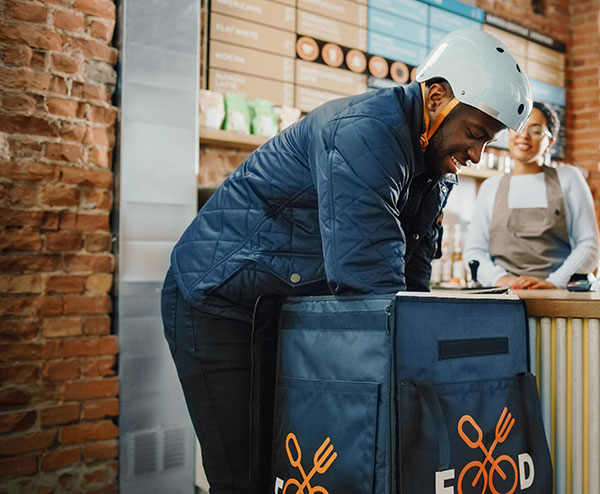
Labor Day is a celebration of good food and hard work, but it also highlights the responsibility foodservice operators carry every day. By staying vigilant during this seasonal transition, your kitchen can keep customers safe and satisfied all year long.
At BradyPLUS, we’re here to help you succeed through every season. Connect with a food safety specialist today to prepare your team for the busy months ahead and beyond.
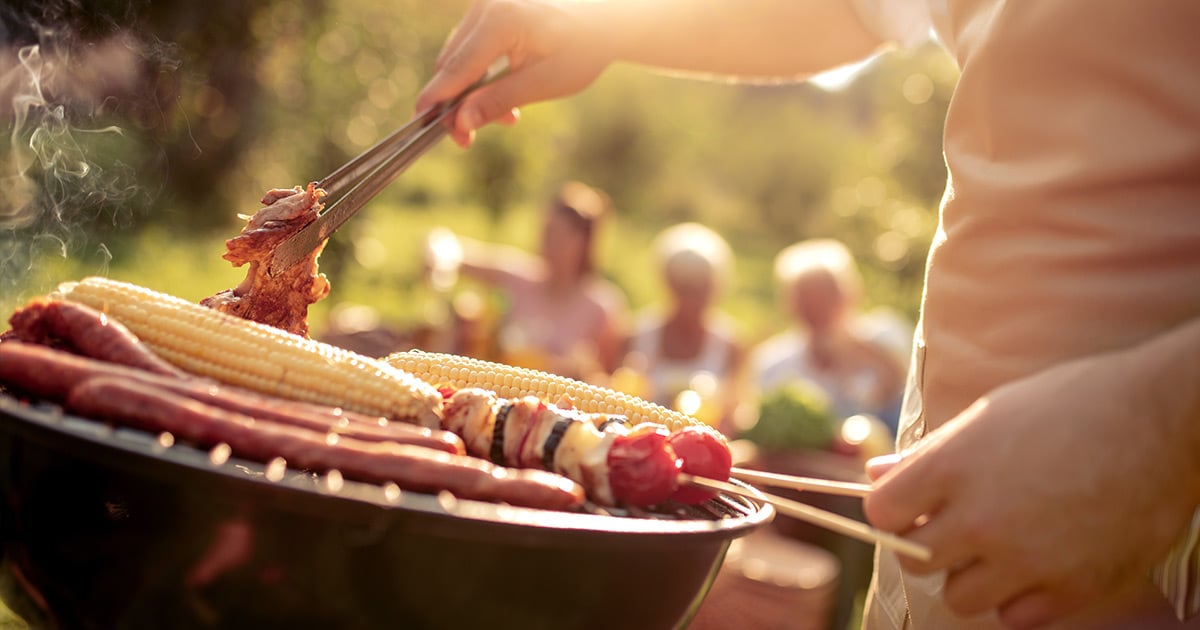
7 min read
As the weather gets warmer and the days get longer, the transition into summer brings the promise of outdoor dining and seasonal delights and...
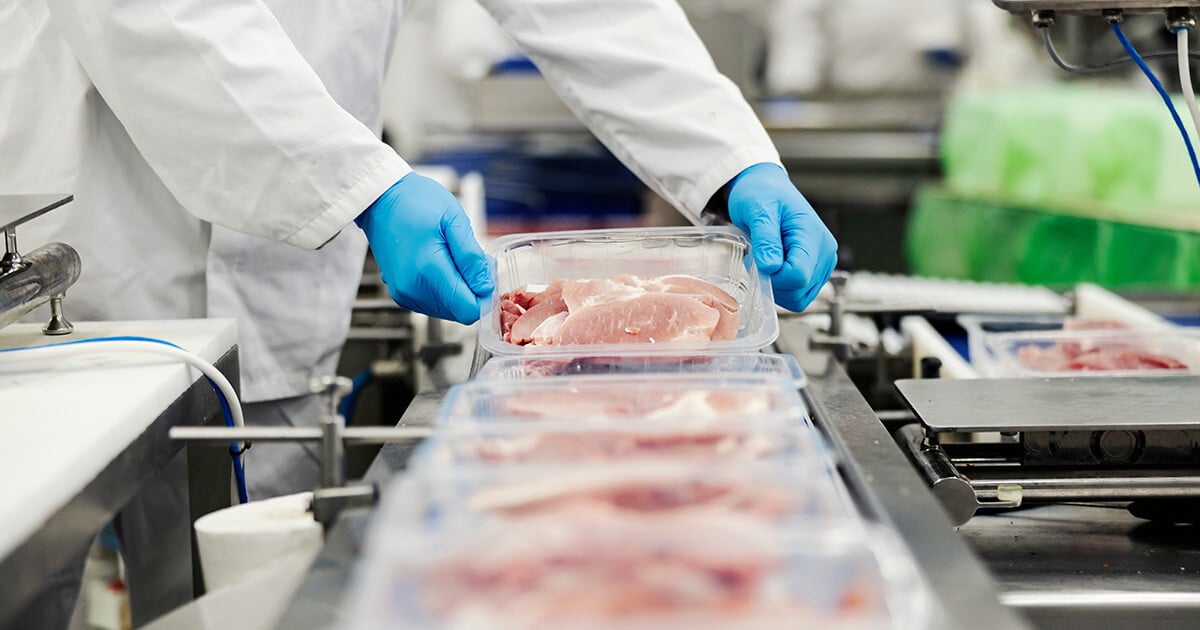
12 min read
When it comes to food processing—cleanliness is always top of mind. For food processors, there are federal and state regulations to ensure that the...
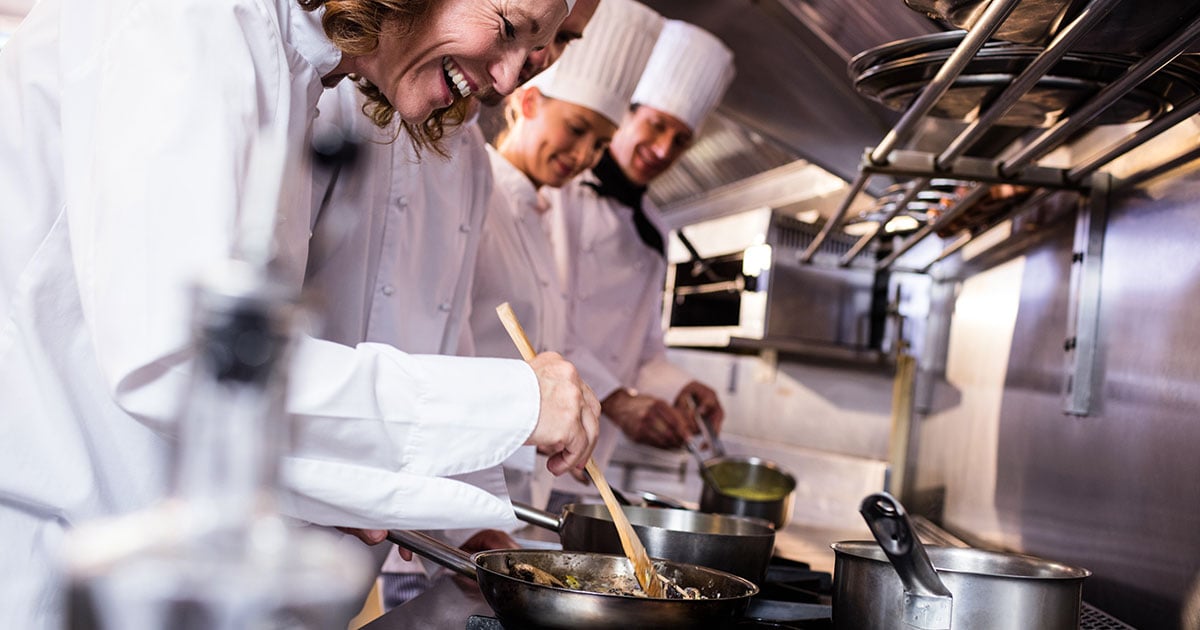
10 min read
In foodservice, even a small delay can throw off the rhythm of an entire shift. Whether you're running a neighborhood food truck or managing a...